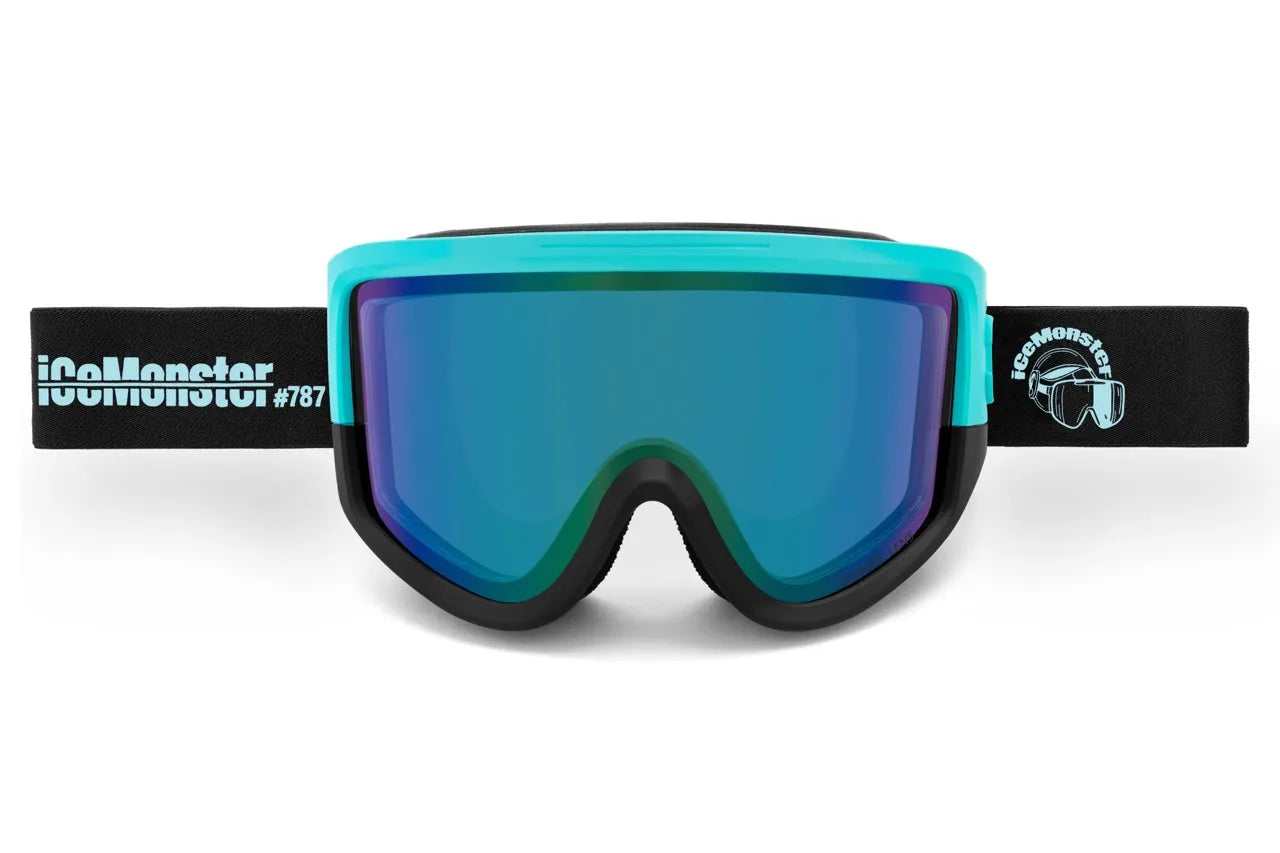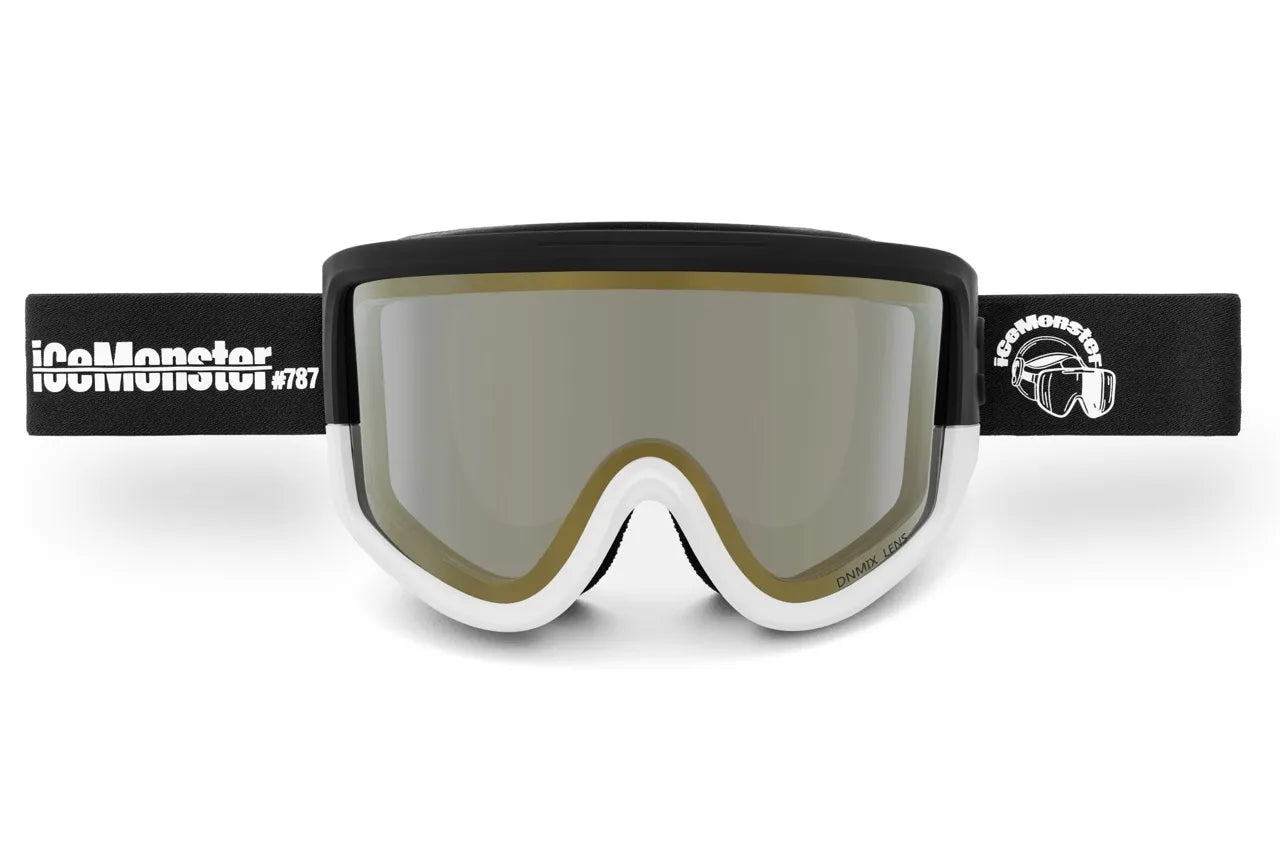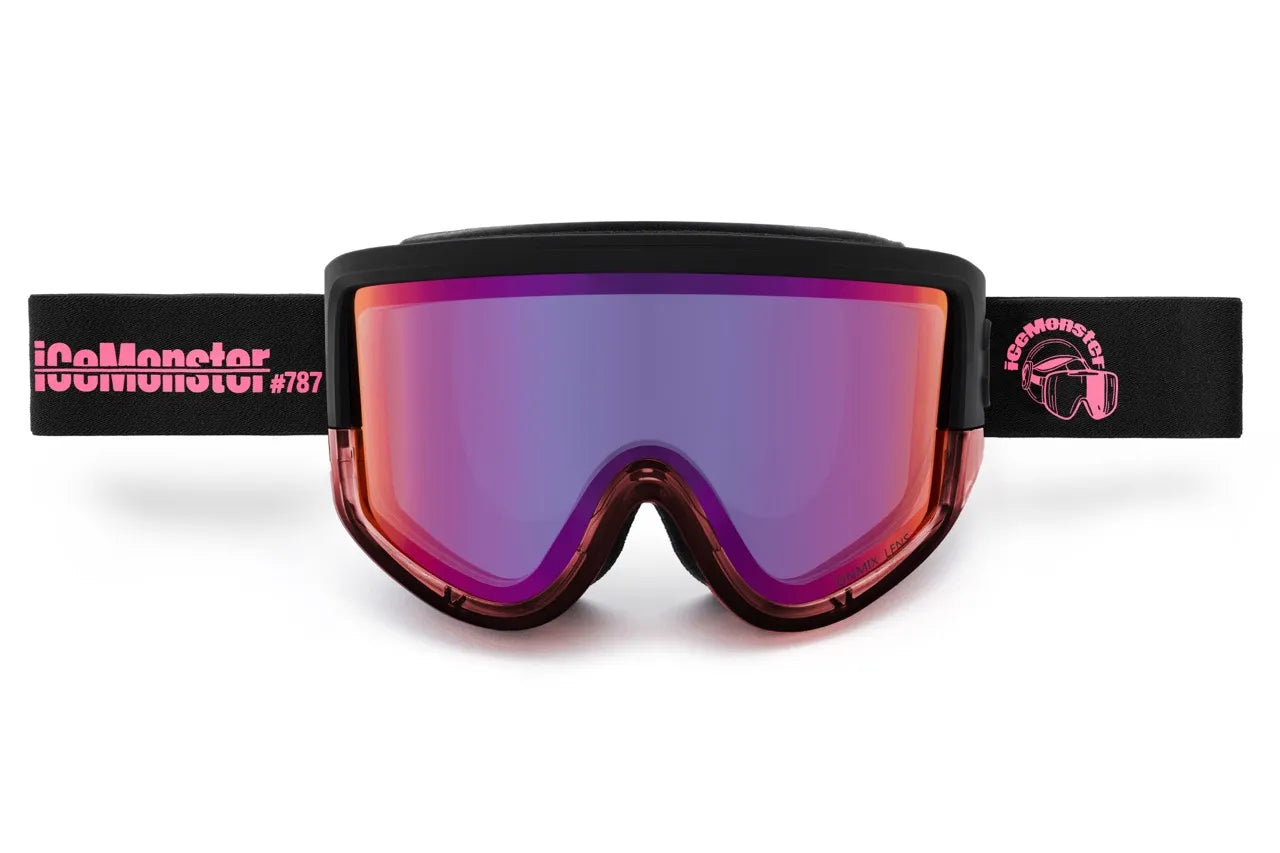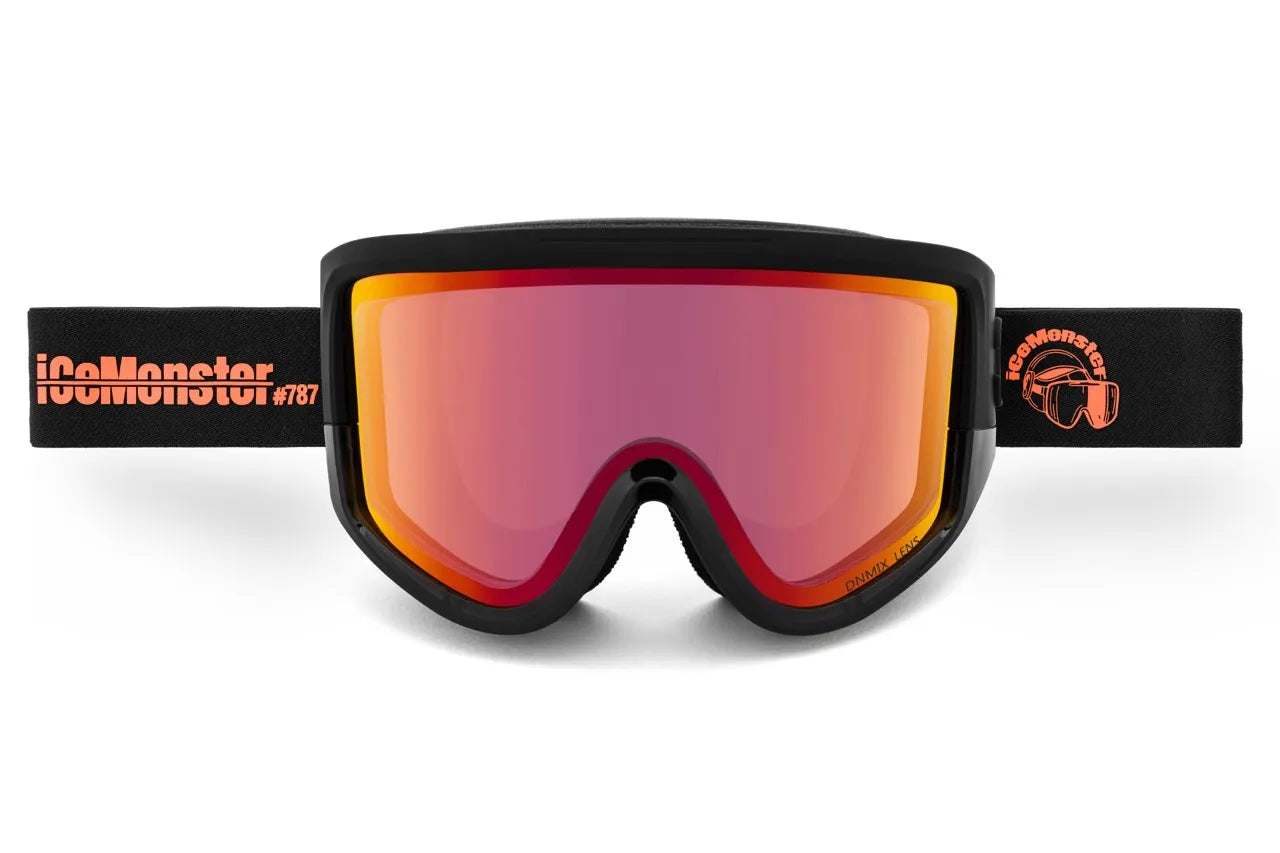Mastering Ski Bindings: Your Ultimate Guide to Safety and Performance
Mastering Ski Bindings: Your Ultimate Guide to Safety and Performance
Ski bindings are crucial components in skiing, ensuring that your ski boots remain securely attached to your skis while offering the necessary safety release in case of a fall. Understanding how bindings work and how to choose the right ones for your needs is essential for both safety and performance.
How Do Ski Bindings Work?
Ski bindings connect your boots to your skis and are designed to release if the pressure exceeds a certain threshold, reducing the risk of injury. Key components include the toe and heel pieces, ski brakes, anti-friction devices (AFDs), and lifters, all working together to ensure a safe and responsive skiing experience.
Integrated vs. Non-Integrated Systems
Choosing between integrated and non-integrated binding systems depends on your skill level and skiing style. Integrated systems provide a more natural flex and better edge hold, making them ideal for specific ski models. Non-integrated systems offer more flexibility and require careful selection to match your ability and ski type.

Binding Components Explained
- Toe and Heel Pieces: These release the boot in case of a fall.
- Ski Brakes: Prevent skis from sliding away when not attached to boots.
- Anti-Friction Devices (AFDs): Allow the boot to slide out easily during a release.
- Lifters: Enhance edge hold, common in racing setups.
Understanding Skier Profiles and Bindings
Bindings are tailored to different skier profiles:
- Beginner/Intermediate: Lower release settings for cautious skiers.
- Advanced: Higher release settings and durable materials.
- Juniors: Designed for children with lower release settings.
Importance of DIN Settings
The DIN setting is critical for safety, adjusted based on your height, weight, age, skier type, and boot sole length. Professional assistance is recommended to ensure these settings are optimal for your safety.
Backcountry Bindings: A Special Mention
If you're venturing into backcountry skiing, consider specific bindings like randoneé and telemark, designed for uphill travel and downhill security.
Maintenance Tips for Longevity
Regular inspection and adjustment by professionals can extend the life of your bindings. Keep AFDs clean and replace them if damaged. Always store your skis in a warm, dry place during the off-season.
Enhance Your Skiing Experience with IceMonster DNMIX™
Upgrade your skiing gear with the IceMonster DNMIX™ Electrochromic Lens Technology. Offering one-touch tint adjustment for optimal eye protection in varying light conditions, these lenses ensure safety and comfort on the slopes. Paired with ANF MAX™ Anti-Fog Technology, they provide clear, glare-free vision, essential for a seamless skiing experience. Discover more at IceMonster.com.

Q&A
Q: What are bindings, and why are they important?
A: Bindings are devices that connect ski boots to the skis, crucial for ensuring safety and performance by securely holding the boot and releasing it when necessary.
Q: How do ski bindings work?
A: Bindings work by holding the ski boot in place on the ski and releasing it during a fall or when excessive force is applied, preventing injury.
Q: Why should I consider professional help for binding settings?
A: Professional assistance ensures your DIN settings are correctly adjusted for your safety and skiing style, reducing the risk of injury.




